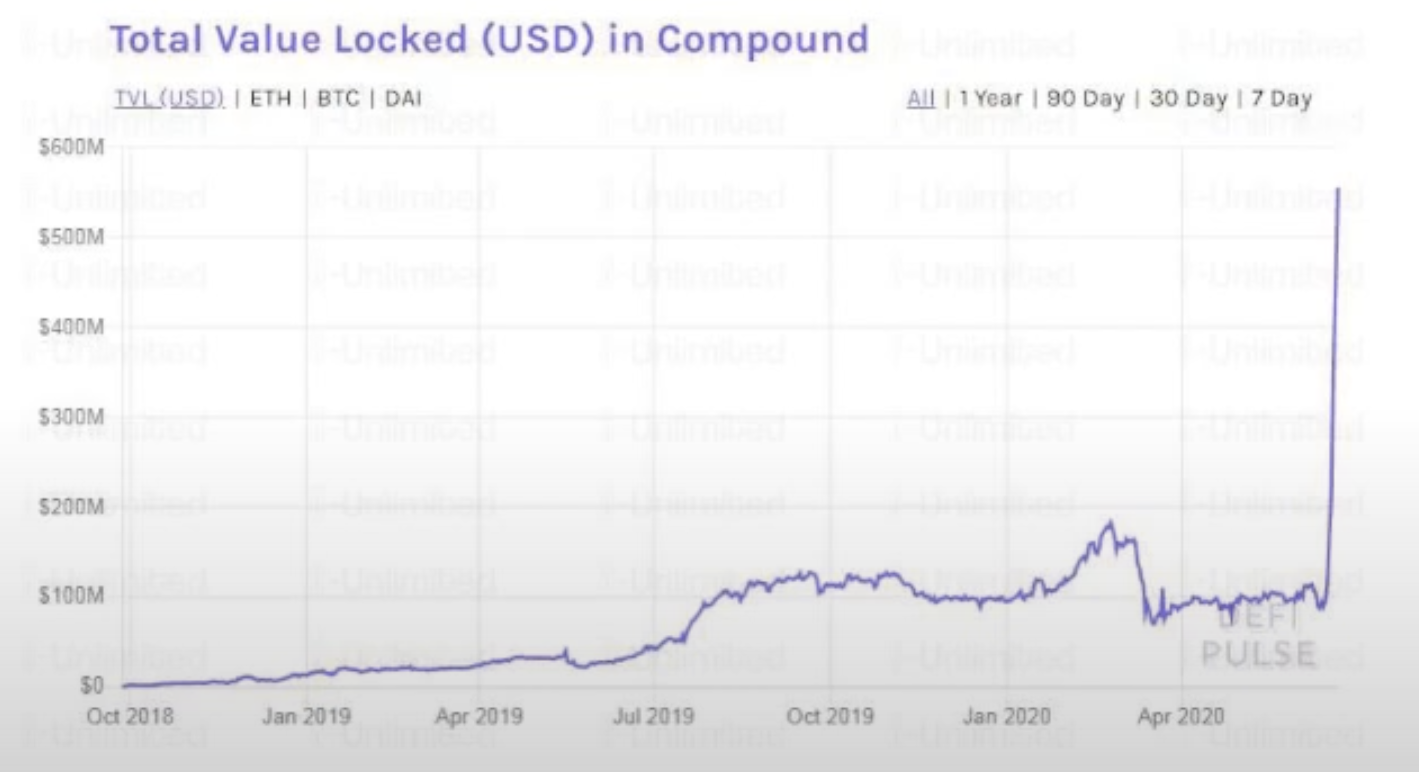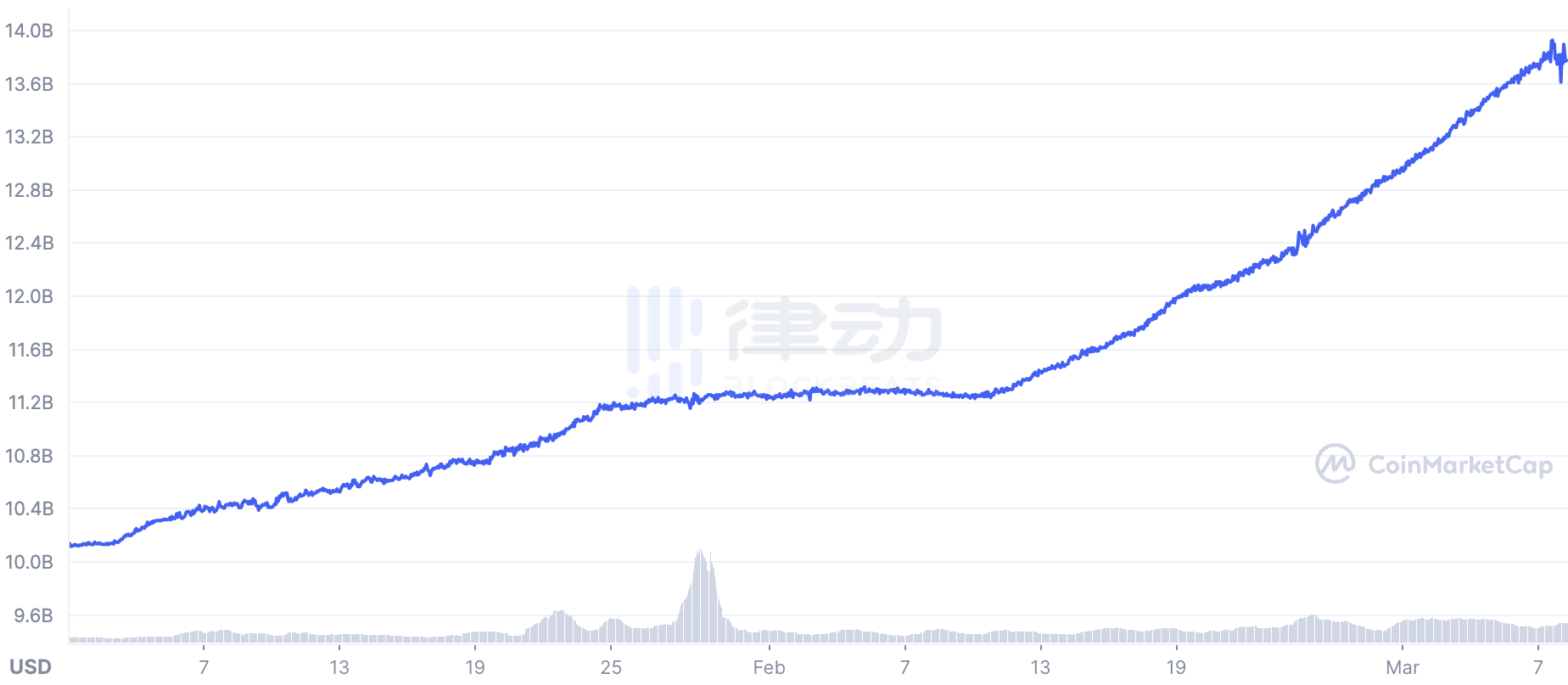"APY Addiction": The DeFi mess left by AC
Original author:0x137, Rhythm BlockBeats
Original author:
Last weekend, Andre Cronje, the soul of the DeFi field, liquidated all his assets in the Fantom ecosystem and announced his departure from the DeFi and encryption fields. The Fantom ecology fell in response, and Token prices and TVL experienced an extreme "roller coaster" experience in just a few months.
first level title
leader's departure
secondary title
Yield optimization "addict"
Before becoming famous, AC would always look for the optimal income strategy on lending platforms such as Aave and Compound, and constantly jump between these platforms. However, this approach not only costs a lot of gas, but also wastes time, so AC wrote the process of finding the optimal return into a code, named iearn. In order to make the code more accurate, more people need to participate in it and perform more deposit and withdrawal operations, and Yearn was born in this way.
This is a simple income optimizer, deposit assets into it, and the platform will automatically implement the most optimized income strategy for users. Although it later launched liquidity mining in cooperation with DEX such as Uniswap, and the more complicated YFI Token, Yearn's core concept is still very simple, which is to provide users with the simplest and most optimized financial services. In AC's view, "Deposit And Forget" is the spirit and soul of DeFi products.
secondary title
ve(3,SOLID: Waterloo by Andre Cronje3) In other words, the current Solidly is also a revenue optimizer. By holding more SOLID Token, users can vote for their own fund pool and obtain higher revenue (Rhythm note, in "What exactly is ve(3,3) that AC is trying to advertise?
What exactly is ve(3,3) that AC is trying to advertise?
"There is a detailed introduction to Solidly).
Everything seemed to go wrong starting with the collaboration with Daniele Sesta. The latter is the founder of Frog Nation and another soul figure in the DeFi field. Abracadabra.money and Wonderland he created once supported the TVL of Avalanche ecology.

This is a strong alliance, Daniele is responsible for Solidly's publicity and public relations, and AC is, as always, dedicated to development. There is no doubt that Solidly, which combines Frog Nation and Yearn's ecological strength, can eclipse any OG protocol.
image description
AC’s twitter background image after the official announcement of cooperation, with AC on the left and Daniele on the rightOn January 27th, Frog Nation’s CFO 0xSifu was revealed to have participated in multiple fraud gangs, and the community once again exploded (Rhythm Note, in "Frog becomes F "rug", a tweet sparked a billion-dollar scare

Frog becomes F "rug", a tweet sparked a billion-dollar scare
"The event is described in detail). AC, who has always been inactive on social media, immediately responded on Twitter, accusing Daniele of negligence. At this time, AC was obviously tired.
In the end, Daniele had to quit the development of Solidly and rush back to his backyard to fight the fire. Although this incident did not have a serious impact on Solidly, Fantom's TVL has been soaring all the way, but Daniele's departure has paved the way for Solidly's failure.
You must know that AC has no experience in public relations, and is often "disappeared" on social media. After Daniele left, AC had to deal with public relations and develop two jobs alone. More importantly, the original ecological alliance has now become a one-man show between AC and Fantom ecology, and people know that it is almost impossible to rely on Fantom's native protocol to support half of the DeFi sky.
After Solidly was officially launched, the problems of the development team were completely exposed. Front-end bugs lead to extremely poor user interaction experience, fund pool loopholes have caused many people to lose a lot of money, and the serious congestion of the Fantom network has filled AC's Twitter with abusive voices.
first level title
What's wrong with DeFi?
secondary title
"APY Addiction"
In the early days of DeFi, mainstream protocols like Aave and dYdX provided financial services that were truly decentralized and convenient for the masses. The protocols did not have their own Tokens and focused on product innovation and experience optimization.

But soon Compound drove a new wave, liquidity mining. By providing its own Token COMP, Compound can provide higher APR for the platform's liquidity providers. For a while, Compound's market share soared sharply, and the wind vane of DeFi gradually began to tilt.
image description
After the announcement of COMP liquidity mining, Compound TVL soared rapidly in a short period of time
Afterwards, Uniswap and other DEXs dedicated to trading Tokens emerged, and liquidity mining has also become the mainstream model for protocol startup. From here, DeFi's dependence on APY has become deeper and deeper, and it has embarked on a road of no return.
In order to solve the problem of "mining disaster" caused by DeFi 1.0's liquidity runaway, the 2.0 protocol represented by Olympus provides a higher and longer-lasting APY. However, the 2.0 model of the DeFi protocol has obviously become very extreme.
For the DeFi 1.0 protocol, the purpose of obtaining liquidity is to promote decentralized market transactions, but the 2.0 protocol does not have any practical scenarios, but is more like a Ponzi scheme. The so-called "protocol-controlled liquidity" has become a way for the team to quickly win over funds, and even engage in Rug.
With the rise of the Curve War, the veToken model has also fallen into the quagmire of the APY war. The competition between protocols is no longer application scenarios and user experience, but a higher APY "bribery".
Since the rise of liquidity mining, DeFi has gradually gone astray. The problem solved by the protocol is no longer how to provide users and the industry with more stable and convenient financial services, but how to provide higher APY and obtain higher TVL; users no longer regard DeFi as a source of stable income, but as a channel for speculation. It doesn't matter what the new agreement does, as long as the APY is high enough, it will rush in regardless.
Compared with a year ago, DeFi today has become a mess and has become an APY "addict".
secondary title
Token empowerment
Born together with liquidity mining, there is also the "Token culture" in the DeFi field, but unlike the public chain, finding value empowerment for one's own Token has always been the main problem plaguing the DeFi protocol.
For DeFi 1.0 applications such as Uniswap, Token is a tool used by the protocol to attract liquidity. Liquidity providers provide liquidity to the trading pool and receive the native Token of the protocol in return. This model produced remarkable results at first, but the disadvantages were quickly exposed. As a user of the protocol, the user does not actually need the token of the protocol. In other words, these native tokens cannot capture and share the value and income created by the platform.
In order to solve this problem, DeFi 2.0 simply turns the Token into the protocol itself. If users want to use the protocol, they must hold the protocol Token. But in order to ensure a higher and longer-lasting APY, the dilution of the Token itself has become even crazier.
The biggest problem with DeFi 2.0 is that it has no practical use. The agreement is like a Ponzi scheme, relying on the continuous inflow of funds to provide "endorsement" for the agreement and creating false APY for Token holders. The price of Token is entirely dependent on the user's trust in the promise of "agreement endorsement". But we know that this kind of endorsement has never happened, and the price of Token eventually plummeted, making 2.0 the DeFi version with the shortest average lifespan.
image description
Olympus native Token OHM price chart, down 98% from the highest point
Taking Curve as an example, for liquidity providers, although holding more veCRV can bring higher APY, the income is finally settled in CRV, which can be either locked or sold, and has no other effect. In other words, the veToken model is only to alleviate the selling pressure of the original Token, but still cannot capture the value of the protocol itself.
In fact, AC himself has publicly questioned the necessity of "Token culture" for DeFi. Indeed, even without Token, DeFi protocols can provide users with convenient financial services. It’s not that DeFi protocols cannot have Tokens. The essence of “Token Culture” is that users who hold Tokens can own a part of the network, and capture the value created by the growth of the network through Tokens. But for now, the Token of the DeFi protocol does not do this.
Caesar is gone, who will inherit the DeFi banner?
The departure of AC left a blank space for DeFi, but it also helped this space take away a lot of silt. Although no one knows how DeFi will develop in the future, through this incident we can reflect on what kind of DeFi is sustainable and valuable. Perhaps, his departure will become another turning point in the development of DeFi.
LUNA: Growing up amid doubts

LUNA has always been regarded by many people as a Ponzi scheme and an "air currency". However, whether it is the previous panic market or the AC departure event, Terra's DeFi ecology has withstood the test and has not been greatly affected . It is true that Terra does have the risk of a "death spiral", but its true value is not seen by many people.
image description
The market value of UST has been rising steadily
What Terra does is to improve the payment process of e-commerce through blockchain technology. For a long time, there has been a natural barrier between the encrypted world and the real world. Token prices cannot be truly used in real life due to large fluctuations. Therefore, Stablecoin has become an important tool to bridge the two worlds.
Off-chain, CHAI Pay helps companies and individuals connect more than 20 payment channels such as wire transfers, local gateways, and credit cards, saving a lot of time and cost; on-chain, users can gain exposure to trading US stocks through Mirror. All kinds of investment needs in the Terra ecology will eventually be transmitted back to UST to capture the value created by the network for holders in the form of LUNA Token.
In the early days of DeFi Summer, OG projects such as Compound, Aave, Yearn, and Curve were successful because they were committed to providing ordinary people with financial services at their fingertips. value product. The same is true for Terra's success today.
secondary title
DeFi and even the entire crypto field are still full of personality cult emotions. From this perspective, the departure of AC is also a good thing. It leaves more room for development for other developers and makes the entire industry more rational .
image description
Members of Yearn Finance recognized the team's contribution on Twitter and said that they will continue to bring more innovative products to DeFi in the future.
text



